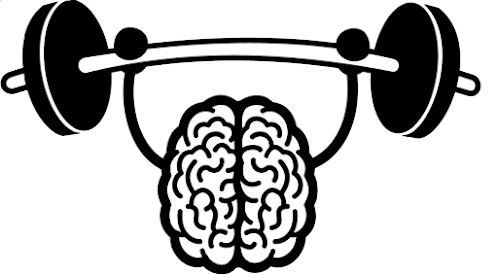Learning Spanish is Great for The Brain

Learning Spanish as a second language has numerous cognitive, academic, and personal benefits that positively impact brain function. Here are several ways in which learning Spanish can be good for the brain: Cognitive Benefits: Improved Memory: Learning a second language involves memorizing vocabulary, verb conjugations, and sentence structures, which can enhance overall memory skills. Enhanced Problem-Solving Skills: Language learners often develop strong analytical and problem-solving skills as they navigate the complexities of grammar and language rules. Increased Brain Gray Matter: Research has shown that individuals who learn a second language experience an increase in gray matter in the brain, particularly in areas associated with language processing and executive function. Better Multitasking Abilities: Language learners often develop better multitasking abilities and enhanced attention control. Switching between languages requires mental flexibility, which can translate into ...



